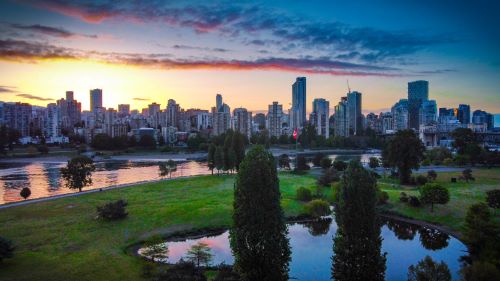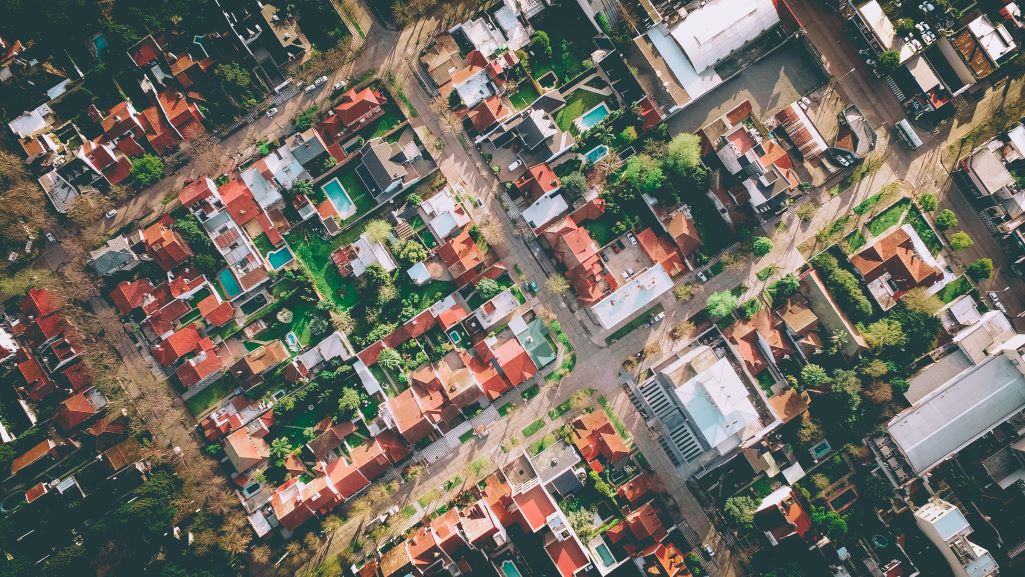Why does adopting sustainable mobility practices matter? Traffic’s contribution to harmful CO2 emissions worldwide will increase if nothing changes in our current mobility behavior. By 2050, the number of private cars will double and account for 33% of global greenhouse gas emissions. As such, municipalities in urban and rural areas must create sustainable infrastructures and develop strategies to reduce air pollution in cities and reverse adverse global climate change.
Sustainable mobility reduces air pollution and CO2 emissions by incorporating eco-friendly practices into urban planning and management. A city with a working sustainable mobility strategy supports equitable modes of transport, green spaces, and actions or technology that improves air quality and lowers carbon footprints.
How can we reduce air pollution levels in our cities?
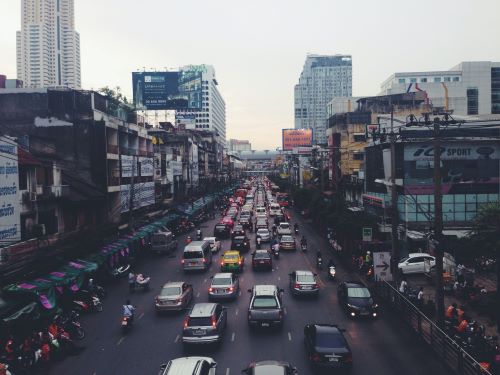
As more organizations, public institutions, and government bodies recognize the costs of air pollution, smog, and their huge impact on the environment, more resources need to be funneled into developing strategies to reduce pollution in cities.
For example, the European Commission continuously reviews and improves the European air policy to substantially improve air quality and reduce emissions in the European Union. The United Nations has also called for international cooperation to reduce air pollution and mitigate climate change.
Both bodies recognize the need for a holistic and multisectoral approach. To reduce emissions in cities, the following are needed:
- Cooperation at an international level – cities must not act in silos, but instead coordinate with neighboring cities and be guided by international initiatives
- Setting new, relevant standards to define good air quality
- Improving technologies and promoting innovation in the transportation and energy industries
- A strong and consistent commitment to reduce emissions and promote sustainable economic growth
Through these combined elements, we can turn our imagined scenario of a sustainable urban paradise into a long-term reality.
A green technology to reduce air pollution: sustainable mobility
To improve air quality and public health, we need all hands on deck – in other words a holistic and multisectoral approach. The European Commission states that the transport sector is the main contributor to nitrogen oxide emissions. Over the past four decades, the EU has enforced several policies to regulate fuel quality and apply various levels of environmental protection requirements to the transport sector.
Its 2013 Clean Air for Europe program put in place air quality standards and set targets until 2030 to regulate several pollutants, including nitrogen oxide.
At PTV, we look for air quality solutions for cities from multiple angles. Calculating and forecasting air quality changes, developing traffic management software, and helping cities use data to make sustainable mobility decisions all contribute towards improving air quality.
According to Dr. Uwe Reiter, the Global Project Director at PTV, “An improvement of air quality means a reduction of emission of air pollutants, for example through less vehicle kilometres travelled, less and shorter trips, more trips by public transport and non-motorised modes, and also by more efficient and less polluting engines, including electric vehicles.”
But let’s not forget that air pollution ignores national borders and can be carried away by the wind. Consequently, air pollution control in cities should be handled at global levels, not just within one area alone. As members of the transportation sector, we must look at the different ways our current mobility systems contribute to poor air quality and strategically address that with more sustainable versions.
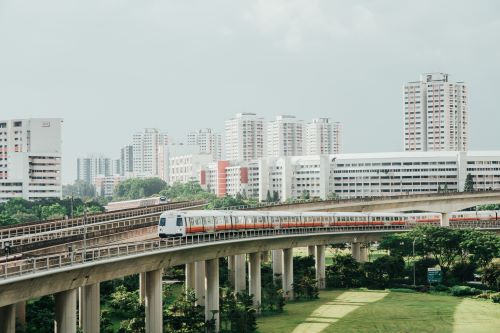
3 ways to reduce air pollution in cities with sustainable mobility
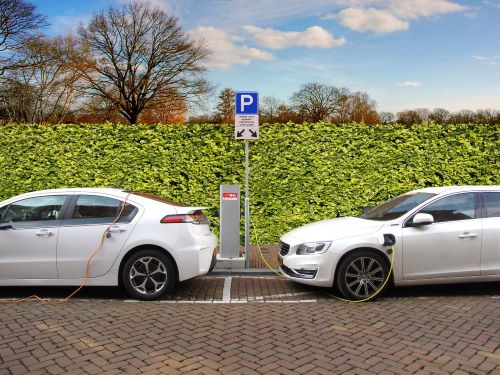
Smart cities are moving towards more sustainable and efficient urban ecosystems as a way to reduce air pollutants. These air pollution solutions comprise all aspects of city planning, including transportation, infrastructure, telecommunications, and energy.
Here are three ways to use sustainable mobility to reduce air pollution in cities.
#1 Analyze and forecast air pollution when doing urban mobility planning
In planning for change, the first step is to have a clear assessment of the current situation and make predictions based on simulations.
For those in the mobility sector, calculating emissions in traffic simulations helps to make sound decisions. For instance, PTV Vissim’s emission calculations from Bosch give you the data to track how traffic measures affect vehicle emissions.
Simulating and analyzing possible traffic measures is vital for implementing eco-optimized traffic management solutions that actively reduce air pollutants.
#2 Institute smart traffic management schemes
One of the best ways to integrate sustainable mobility processes into municipalities is to take advantage of smart traffic management schemes.
As an example, cities can reduce traffic congestion by monitoring the situation and intervening early with the traffic management software PTV Optima. Simulations from PTV Optima help to minimize travel time to avoid long detours and eliminate traffic jams before they arise, which helps cut emissions.
#3 Enable and promote eco-friendly mobility options
As people increasingly choose eco-friendly options in their local areas, municipalities must do their part in providing their citizens with these options. Choosing to be environmentally conscious shouldn’t sacrifice convenience and cost, and the way to do this is to enable and promote eco-friendly mobility options.
Here are some ways municipalities can reward eco-friendliness:
- Optimize EV charging networks to meet the rising demand for charging stations.
- Reallocate street space to cycling and walking to make way for more sustainable mobility options.
- Implement a gradual transition to electric buses to replace diesel buses. A gradual change in tandem with other measures is advisable since electric buses are expensive to purchase in fleets.
Dr. Uwe Reiter also states the additional combined benefits, “Apart from the main purpose of increasing air quality and reducing the impact on climate change, sustainable mobility will reduce noise from moving vehicles, will increase quality of live in our cities, will give children, the elderly and all other inhabitants their freedom to move back, to move safely, to meet friends, to linger and to enjoy the public urban spaces without pollution, noise, danger and aggression.”
Improve air quality in cities with a holistic sustainable mobility strategy
We’ve described many options for developing sustainable mobility initiatives that reduce air pollutants, but which of these options provides the best results? Well, it depends on the exact scenario. For example, while reducing emissions is necessary, negative consequences such as economic loss due to driving bans can arise. That’s why sustainable and efficient mobility strategies must consider both environmental and economic factors.
In order to find the best of both worlds, city governments and public institutions need a multi-dimensional and holistic approach that involves analyzing and evaluating possible measures in advance before choosing the right traffic management strategies.
If you need a helping hand here, PTV’s products give municipalities the right tools they need to analyze, forecast, and make decisions soundly and efficiently. Learn more about PTV’s products dedicated to improving air quality.
